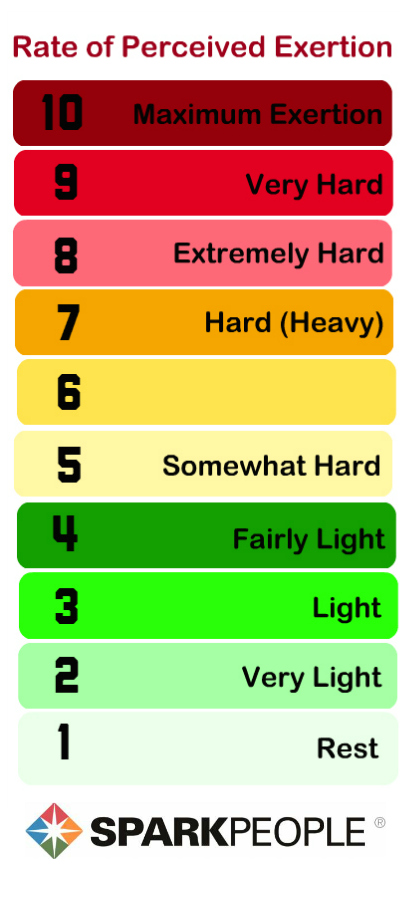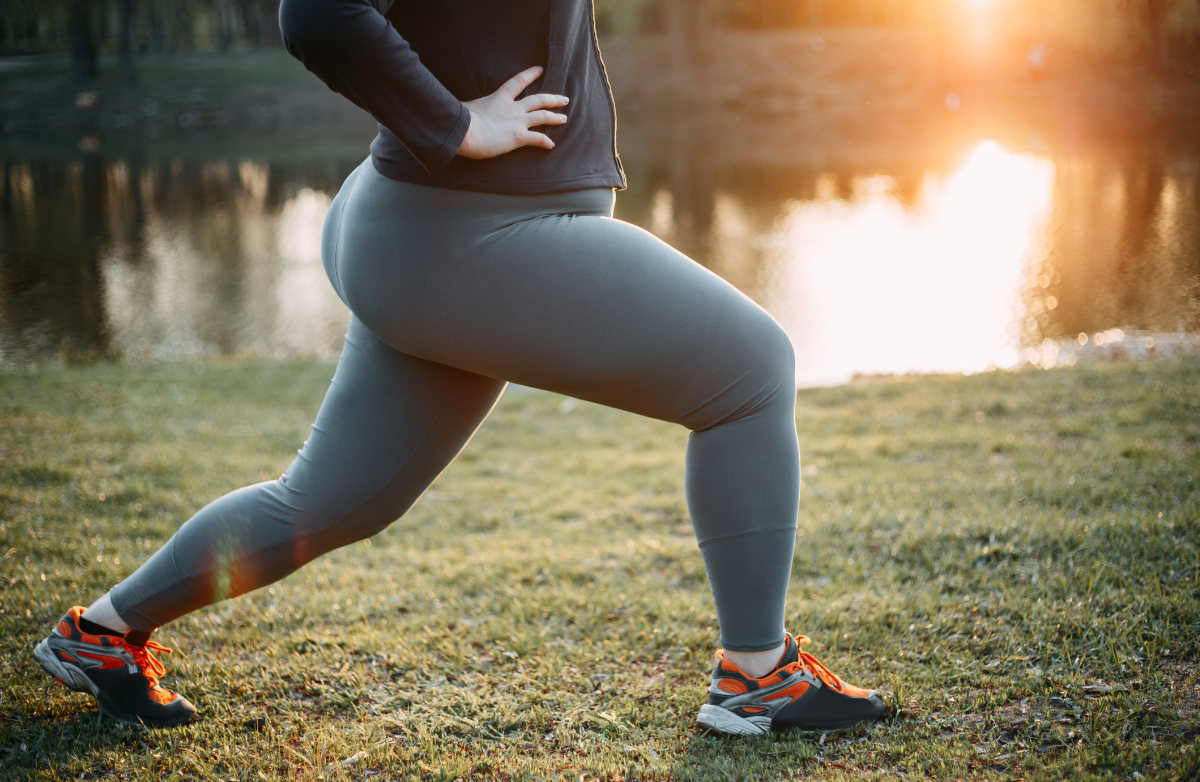If you have access to a treadmill, focus on the pace guidelines (left column), working at your own intensity level. If you run outdoors and do not have access to any tools to measure your pace, then use the intensity guidelines (right column) as a guide for how fast or slow to run.
Beginner Endurance Program
| What to do | For how long | |
| Warm up at 3.5 mph pace | 5 minutes | 3.5 |
| Jog at 5 mph pace | 4 minutes | 5 |
| Jog at 6 mph pace | 8 minutes | 6 |
| Jog at 5 mph pace | 4 minutes | 5 |
| Cool down | 5 minutes | 3.5 |
| Total Workout Time: | 26 minutes |
Intermediate Endurance Program
| What to do | For how long | Intensity (1-10) |
| Warm up at 4 mph pace | 5 minutes | 3.5 |
| Jog at 5.5 mph pace | 4 minutes | 5 |
| Jog at 5.8 mph pace | 8 minutes | 6 |
| Jog at 5.5 mph pace | 8 minutes | 5 |
| Jog at 5.8 mph pace | 8 minutes | 6 |
| Jog at 5.5 mph pace | 4 minutes | 5 |
| Cool down | 5 minutes | 3.5 |
| Total Workout Time: | 42 minutes |
Advanced Endurance Program
| What to do | For how long | Intensity (1-10) |
| Warm up at 5 mph pace | 5 minutes | 3.5 |
| Run at 6 mph pace | 4 minutes | 5 |
| Run at 6.3 mph pace | 8 minutes | 6 |
| Run at 6 mph pace | 8 minutes | 5 |
| Run at 6.3 mph pace | 8 minutes | 6 |
| Run at 6 mph pace | 8 minutes | 5 |
| Run at 6.3 mph pace | 8 minutes | 6 |
| Run at 6 mph pace | 4 minutes | 5 |
| Cool down | 5 minutes | 3.5 |
| Total Workout Time: | 58 minutes |
An Explanation of Using the RPE Method to Measure Intensity
Rate of Perceived Exertion (RPE) may be the most versatile method to measure exercise intensity for all age groups. Using this method is simple, because all you have to do is estimate how hard you feel like you’re exerting yourself during exercise. RPE is a good measure of intensity because it is individualized—it’s based on your current fitness level and overall perception of exercise. The scale ranges from one to 10, allowing you to rate how you feel physically and mentally at a given intensity level.








.jpg)

.png)
.png)
.jpg)
.jpg)
